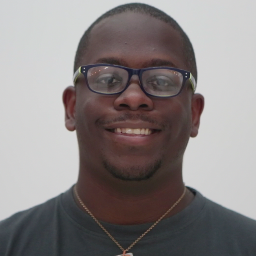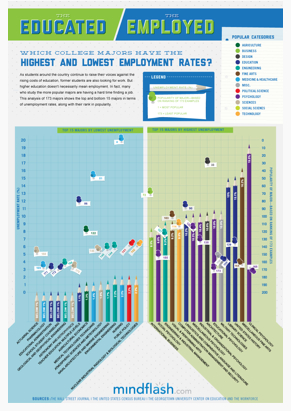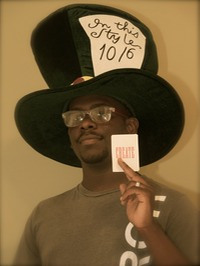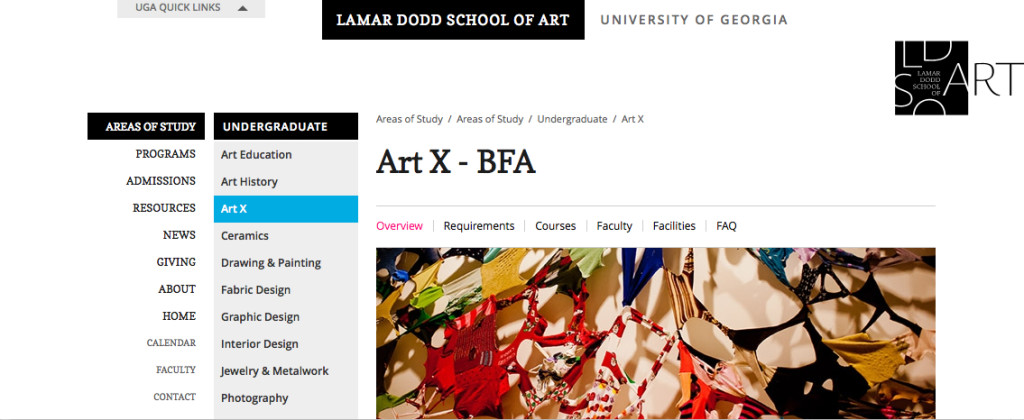Fellows Featured On White House Blog – November 7, 2014
In this year’s proclamation of November as National Entrepreneurship Month, President Obama stated:
Across our Nation, in laboratories and around kitchen tables, passionate and creative entrepreneurs are developing new sources of clean energy, cures for life-threatening diseases, and inventions that will transform the way we see the world. America has always been a country of risk takers and dreamers – where anyone who is willing to work hard can turn a good idea into a thriving business – and our spirit of ingenuity remains a powerful engine of growth, creating jobs and bolstering our economy. This month, we recognize the grit and determination of American inventors and innovators and their many contributions to our Nation, and we reaffirm our commitment to support these entrepreneurs as they develop the products, services, and ideas of tomorrow.
University Innovation Fellows take inspiration from these words. They embrace Epicenter‘s mission to expand the innovation ecosystem in engineering… but they take it one step further. It is their belief that ALL students – not just engineers and business students – need tools that foster their creativity, innovation, leadership and entrepreneurial mindset. Why? Because the workforce requires it. Today’s graduates need to be better prepared for the skillsets and mindsets of their future employers. Students need to know how to come up with the really bold ideas that solve our society’s most throny problems, while also knowing how to execute on those ideas. Fellows understand this and work with faculty, administration and peers to identify, reframe and create infrastructure, programs and language that reaches a broader segment of the student population with essential learning opportunities, resources and more. With the speed that only comes from knowing they’re going to graduate soon, Fellows are laser focused on create lasting institutional change.
Today, the White House Office of Science and Technology Policy featured the work of nine University Innovation Fellows who are implementing unique offerings based on the assets of that campus/region and their own personal passion and interest:
We are very proud of their work and the impact they are making on their campuses. For the entire White House blog post, including their stories of making change in higher education, click here: http://1.usa.gov/13RFhF0. To learn how to become a Fellow, visit http://www.dreamdesigndeliver.org/apply.
~ Humera Fasihuddin, Leader, University Innovation Fellows
Twitter: @ihumera












